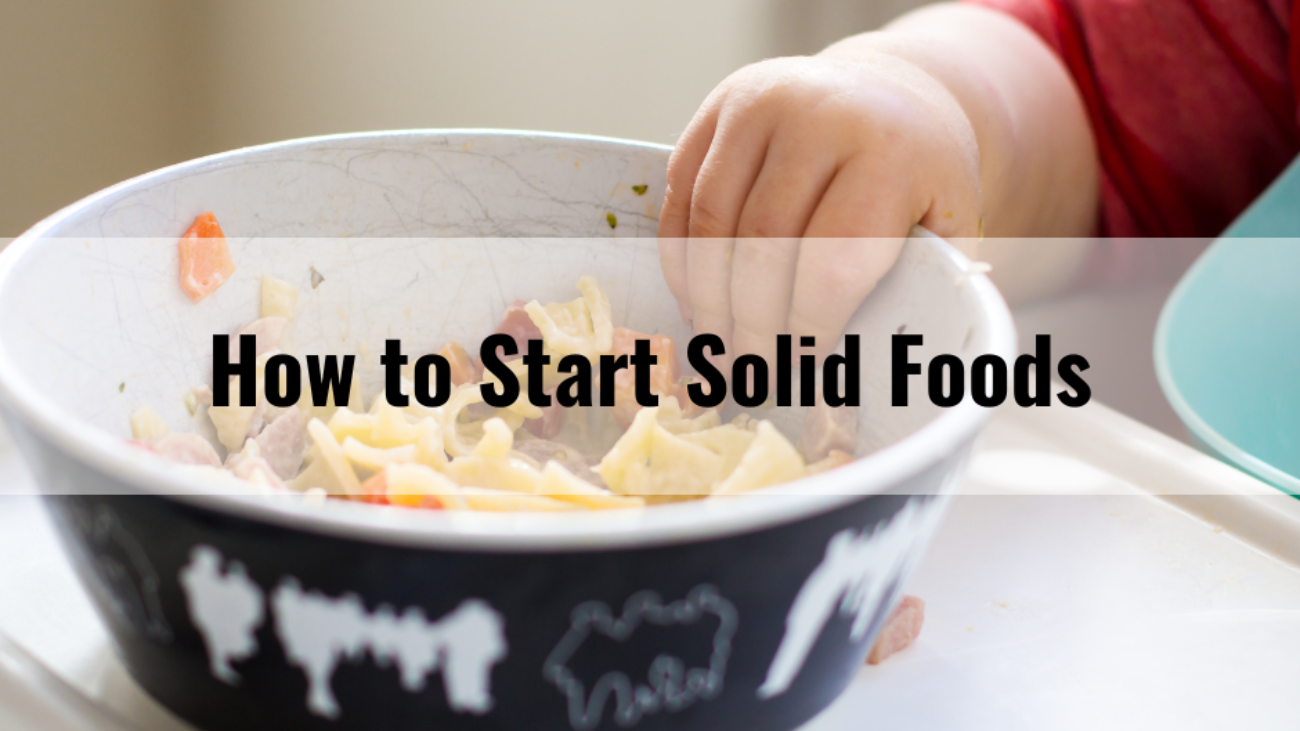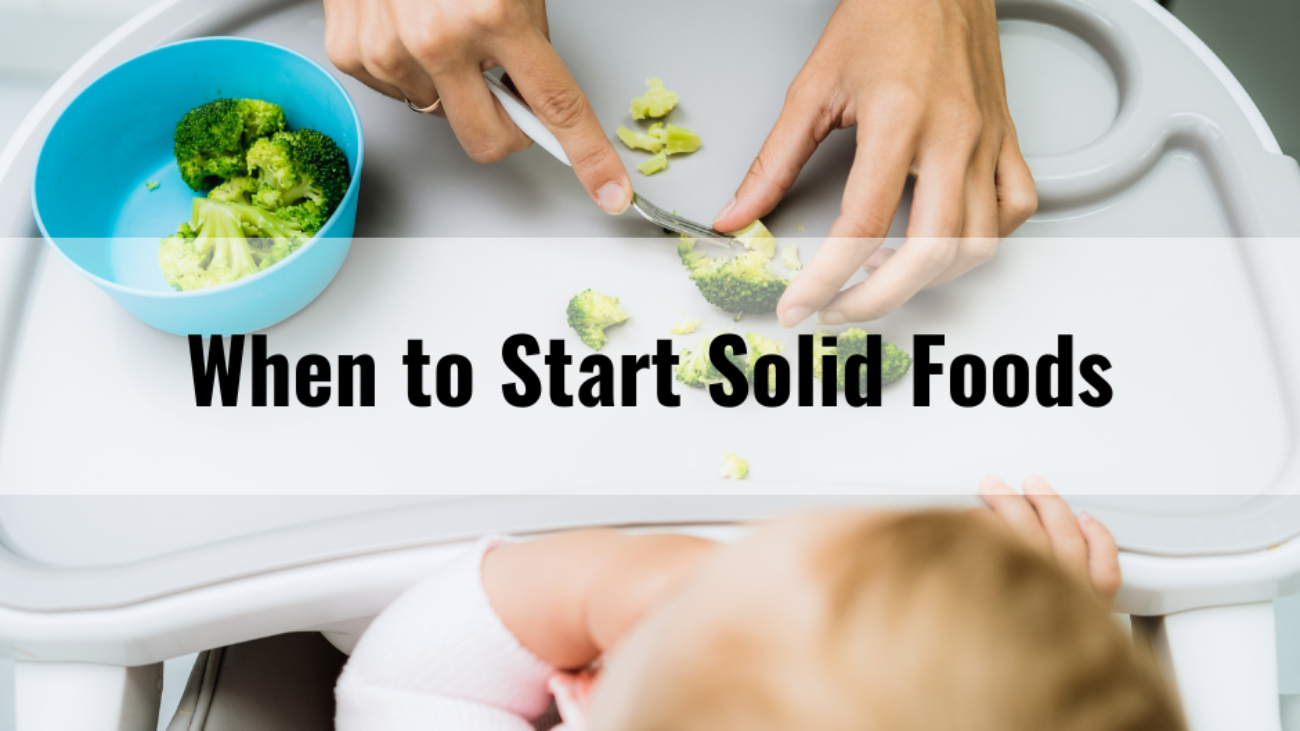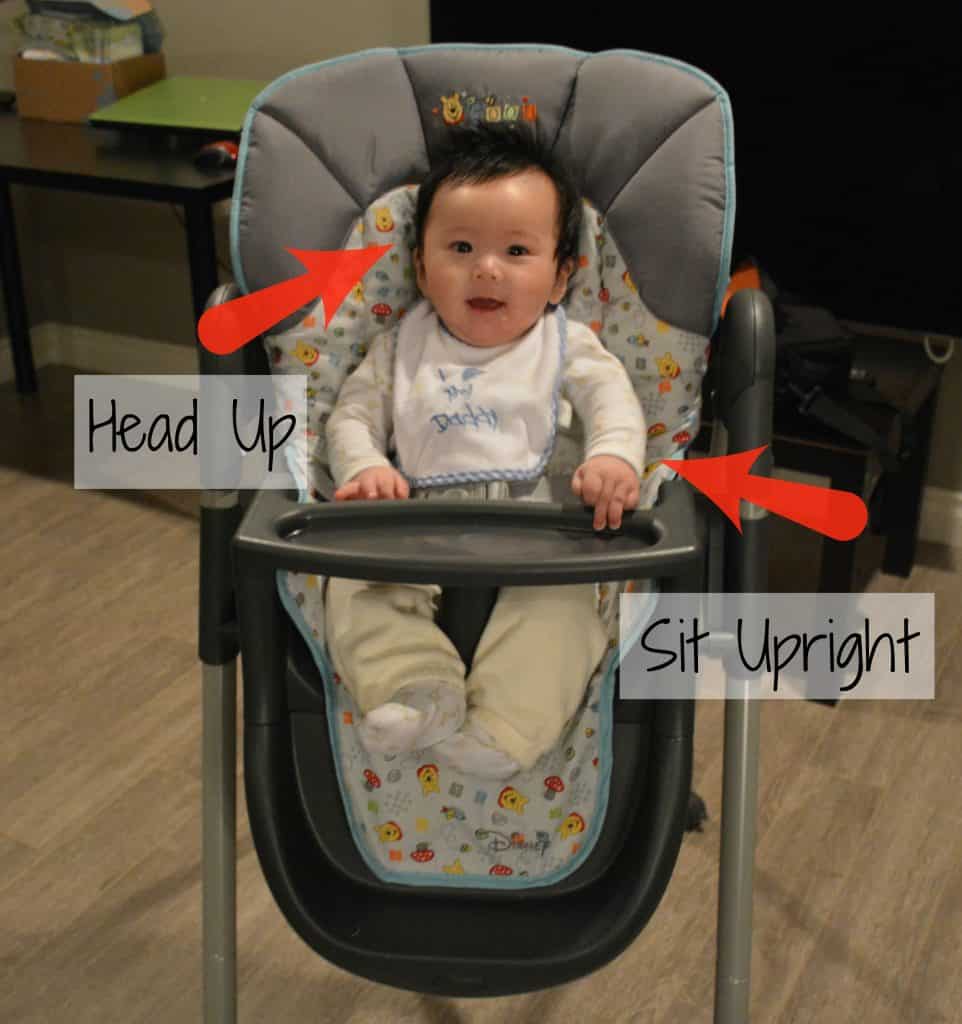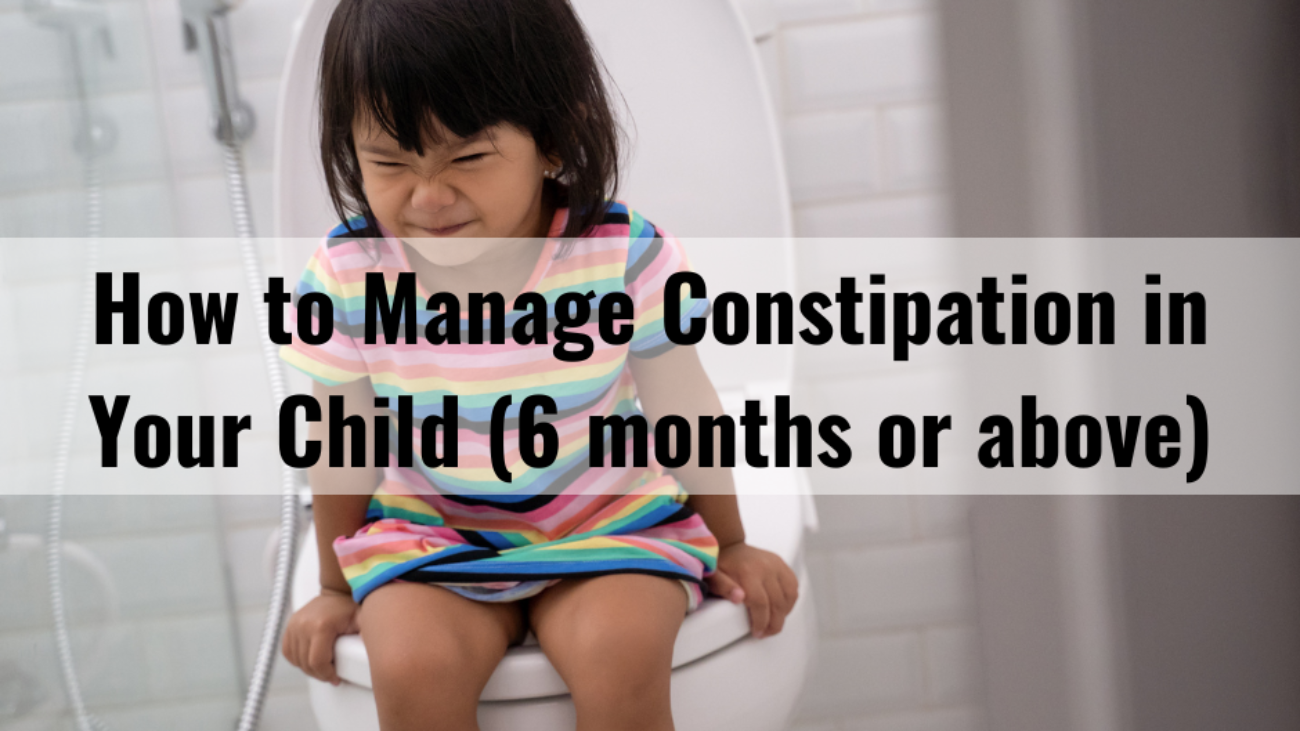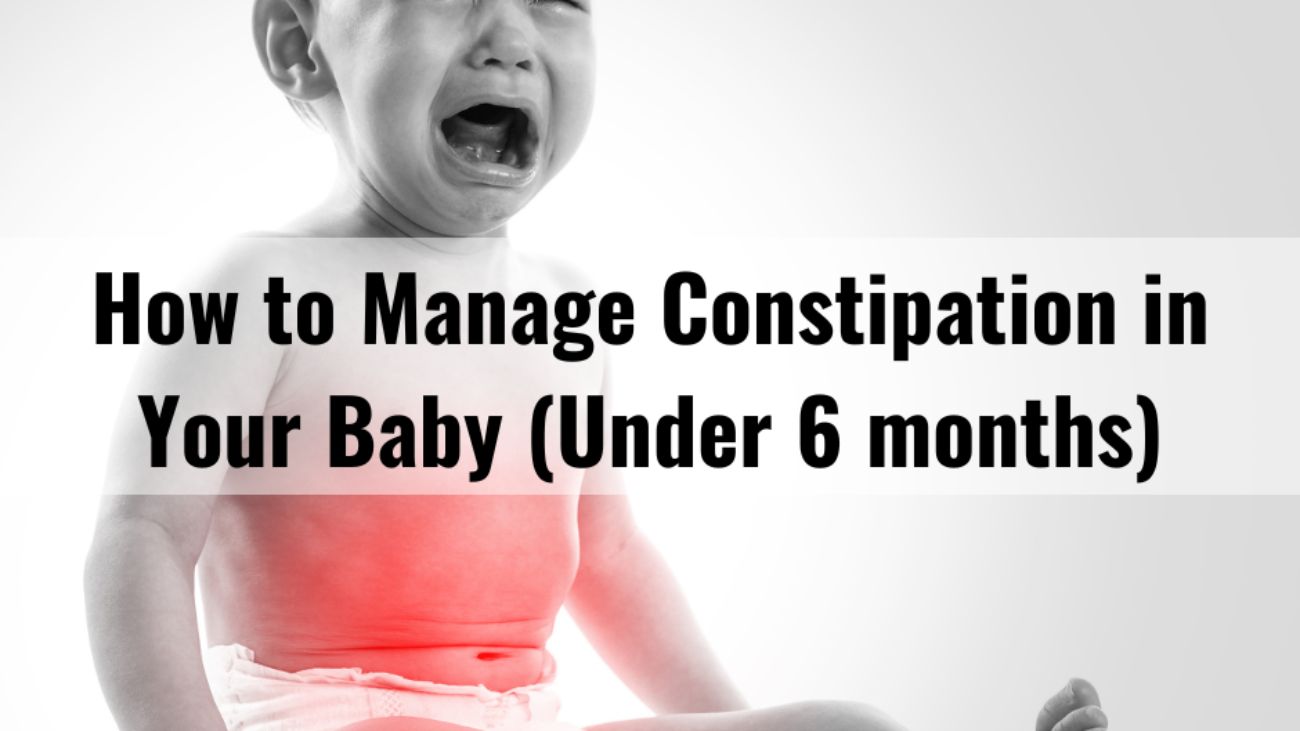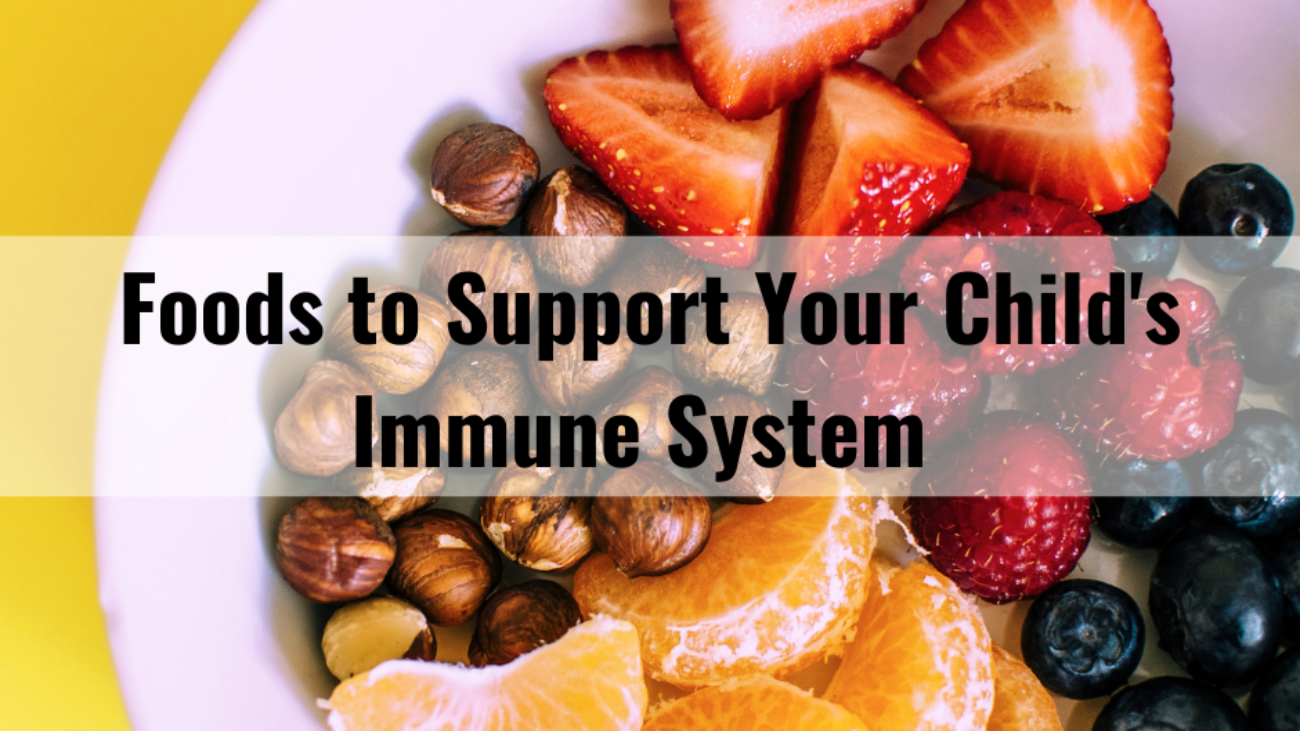Last blog we discussed When to Introduce Your Baby Solid Foods. It is important to wait until healthy babies are at least 6 months old before starting solid foods to maximize exclusive breastfeeding and ensure their digestive systems are mature enough to handle solid foods.
START FROM HOW
Today, let’s talk about HOW to introduce solids. Get your camera ready, you’ll want to capture those funny faces your baby makes. Here are some tips to help make the transition to solids easier:
1. Choose a Good Mood
Introduce new foods when your baby is alert, relaxed and happy. Offering food after breastfeeding (waiting 60-90 minutes) or after a nap can increase the chance that your baby will try a new food.
2. Introduce 1 New Food a Day
Offering a variety of foods can set your baby up to be a more adventurous eater. The ONLY exception is highly allergenic foods. You can start introducing them around 6 months, but wait 1-2 days before adding another allergenic food to monitor for potential allergies.
3. Start with Small Amounts
Offer just 1-3 tsp (5-15 mL) of food. If baby shows signs of hunger, you can offer more.
4. Follow Baby’s Cues
Sit your baby in a high chair at approximately eye level. Hold the spoon a few inches in front of their mouth and wait for them to open up. Feed as slowly or quickly as they prefer and stop when they show signs of fullness. If you’re following Baby-Led Weaning approach, let your baby take the lead in eating. NEVER FORCE YOUR BABY TO EAT, AND REMEMBER NOT TO COMPARE YOUR BABY TO OTHERS.
5. Start with Once a Day
Begin by offering solid foods once daily. Soon, baby will be ready to eat more often. Gradually increase to 2 times per day, then to 3 times.
6. Offer New Flavours
Some babies are cautious eaters and need time to trust that a new food is safe. It can take multiple attempts (approximately 15 times) before they’re willing to eat a particular food.
7. Let Your Baby Explore
Expect a bit of a mess. Messy hands and faces help babies get used to new foods. So let them have fun with it.
8. Be Aware of Changing Appetite
Baby’s appetite will vary daily. From 6-12 months, they will gradually drink less breast milk and eat more solids.
Be mindful of your baby’s hunger and fullness cues. Avoid forcing or over-feeding.
HUNGER SIGNS
-
Smiles, gazes or coos at the parent during mealtimes to show they wants to continue
-
Leans toward the spoon or food and opens their mouth
-
Reaches for or points to food
-
Shows excitement when food is offered
-
Focuses on and follows food with their eyes
-
Sucks or smacks lips
-
Uses words, sounds, or hand signs to indicate hunger or wanting more (older babies)
FULLNESS SIGNS
-
Slows pace of eating
-
Get distracted easily or shows uninterested in food
-
Moves head away from spoon or closes mouth
-
Bats at spoon or pushes it away
-
Pushes food away or throws it on the floor
-
Plays with food or fidgets
-
Closes or purses lips when offered food
-
Spit food out
-
Tries to leave the highchair
-
Uses words or signs to signal “all done” (older babies)
FEEDING ESSENTIAL TOOLS
With so many baby-feeding products available, it can feel overwhelming to decide what you truly need to start solids. Here are the TOP 6 essential tools to help you get started:
1. High Chair or Booster Seat
- I believe an actual high chair is a must-have. It’s helpful to have a dedicated seat for your baby, and the large high chair tray makes a great food-catcher. The IKEA Antilop high chair with tray is totally affordable.
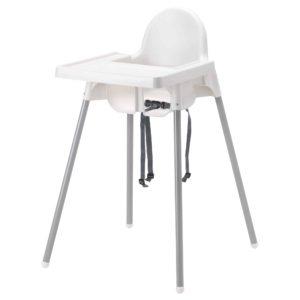
- A booster seat can easily strap onto your own chairs. This seat is foldable for easy storage. I’ve taken it along for visits to the grandparents and to restaurants – it’s super handy.
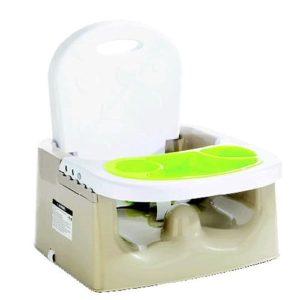
2. Bibs
- You can certainly use the drooler/cloth bibs. However keep in mind they’ll need to be washed after each use.

- I recommend getting a set of larger, waterproof, easy-to-clean feeding bibs. I prefer ones with big front pocket to catch any dropped food.

- If your baby is an active explorer, your may prefer the Kushies Long Sleeved Waterproof Bib. It allows your little one to fully enjoy mealtimes without the worry of ruining their clothes.

3. Spoons
- Make sure that any spoons you use are BPA-free. BPA is a harmful chemical found in some plastics that can leach into food when heated.
- Munchkin 6-Pack Soft Tip Infant Spoon: These small, plastic-coated options are much gentle on tender gums. It’s helpful to have several on hand during feedings, one for you and one for baby, to encourage their sense of independence and avoid power struggles.
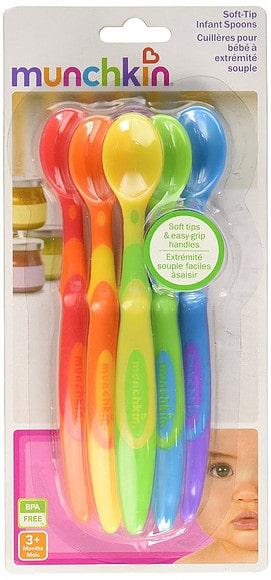
- Once your baby is ready to try self-feeding, consider getting the OXO tot Fork & Spoon Set. This set makes it easy for young eaters to transition their food from bowl to mouth.
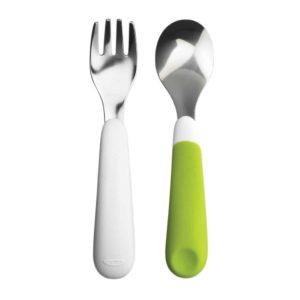
4. Dishes
- When you first introduce solids, you will need a handful of small, BPA-free plastic bowls.
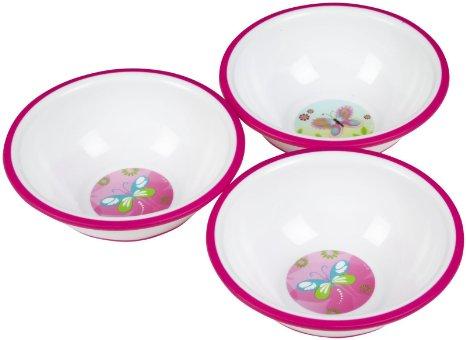
- Calibowl. This deep bowl makes it easier for your baby to scoop up their food, while the super suction cup on the bottom prevents it from being tossed to the floor. It also includes fitted lids, making food storage a breeze.
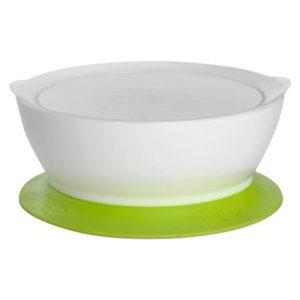

- Once your baby is ready to try self-feeding, consider picking up a divided plate like the OXO tot Divided Plate. I like the removable, raised outer ring. which helps keep food on the plate and guides it into utensils.
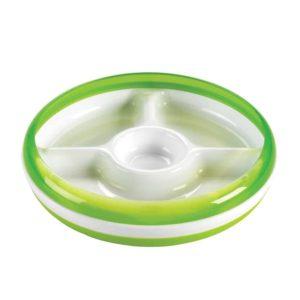
5. Straw Cup or Open Cup with/without handles
- My son wasn’t a big fan of bottle, so I was very anxious to introduce a straw cup around 6 months. He would often bite on the straw, but he would sip from it occasionally. Using a straw cup does not present the same concerns as a sippy cup. In fact, It can help with oral motor skills development and reduce the risk of dental caries since the liquid doesn’t bathe the baby’s teeth. Here are three straw cups that I recommend:
- Playtex Sipsters Stage 1 Straw Cup
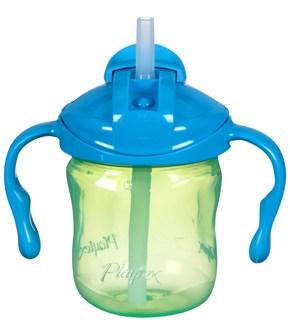
- Munchkin Click Lock Weighted Flexi Straw Trainer Cup
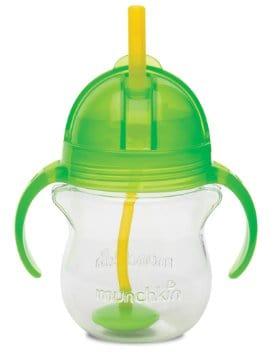
- Playtex Sipsters Stage 3 Insulated Spill Proof Straw Cup
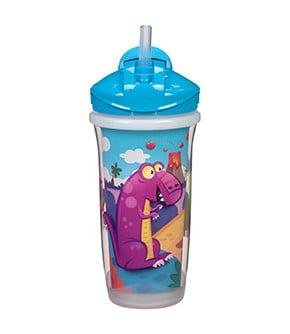
- Playtex Sipsters Stage 1 Straw Cup
- Offer water in an OPEN CUP as soon as your baby starts eating solids. Babies learn quickly how to drink from an open cup.

6. Snack Catcher
- No more spilled snacks on the floor. This is the perfect solution for on-the-go situations, whether it’s a doctor’s appointment, shopping trip, grocery run, or evening walk.

A HEALTHY FEEDING RELATIONSHIP
Babies learn by observing those around them. When families eat together, it teaches babies that mealtime is a time to connect, share, and enjoy food.
- As a PARENT;, your role is to choose WHAT foods to offer. As baby start to eat solid foods, your are responsible for WHEN and WHERE baby is fed.
- It is your BABY’S job to determine HOW MUCH they want to eat.
Trust your baby to recognize their hunger and fullness cues. This fosters mindful eating.
Introducing solids to your baby can be lot of fun. Be PATIENT and remember that it might take time for your baby to warm up to new foods; this is completely normal. If your baby enjoys every food from the first bite! Congratulations! you have a wonderful little eater.
Bon Appétit babies!
Happy Shopping Mommies!!

